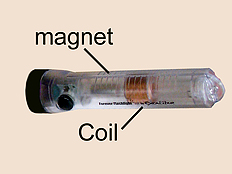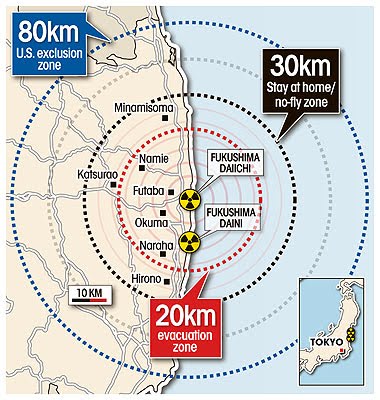Solyndra was a manufacturer of cylindrical panels of thin-film solar cell based in Fremont, California. This company was very important to the United States because the government was funding the company for more renewable energies. However, in September 1st of 2012, the company closed down due to bankruptcy.
Through the usage of President Obama’s stimulus bill, the Department of Energy funded this company with millions of dollars. But the problem was that the government didn’t really know the money problem that the company was going through. After the company closed down, the government officials when into the company’s history and later found out that the company had tons of loans and could not have survived as long as they did if they didn’t have the funding from the government.
At the end, this event was an important case because it shows how President Obama is suffering and desperate to improve the economy by spending money and showing the public how much work he is doing but it’s not working too well. Also, it also adds doubts to the people if what President Obama is doing is right.
REFERENCE:
http://www.theatlantic.com/politics/archive/2011/09/the-solyndra-scandal-what-it-is-and-why-it-matters/245186/
http://articles.chicagotribune.com/2011-09-18/news/ct-met-kass-0918-20110918_1_solyndra-loan-guarantee-obama-fundraisers-obama-white-house
http://www.nytimes.com/2011/09/24/opinion/the-phony-solyndra-scandal.html?_r=0









 This week, Dr.Shatz introduced us to our final project for this class.
This week, Dr.Shatz introduced us to our final project for this class.




